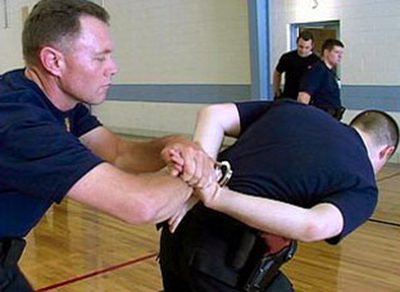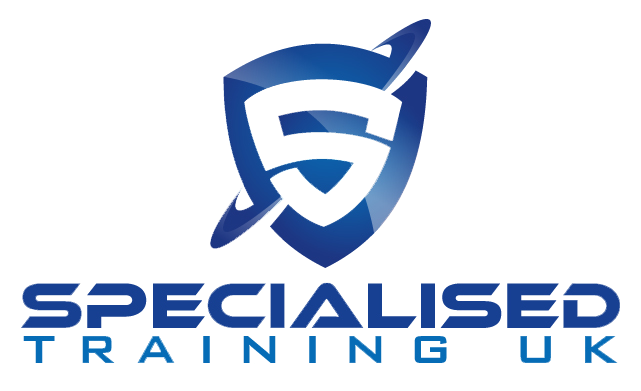
Handcuffs and Soft cuffs Training
Award in the Safe and Effective use of Restraint Equipment
- Understand the primary reason for handcuffing.
- Understand the Health & Safety implications, including Sections 2 and 3 of the Health and Safety at Work Act 1974, Regulation 3(1) of the Management of Health and Safety at Work Regulations 1999, the requirements of PUWER as well as the implications of the new Health and Safety Offences Act 2008 and the Corporate Manslaughter and Corporate Homicide Act 2007.
- Understand the law, including compliance with: Section 3 (1) of the Criminal Law Act 1967, Common Law, Section 117 PACE and Articles 5, 3 and 2 of the Human Rights Act 1998.
- Understand other areas of guidance if required such as: The Mental Health Act Code of Practice and NICE guidelines.
- Understand the medical implications of handcuffing, including positional asphyxia.
- Demonstrate how to apply handcuffs and soft cuffs to a passive subject.
- Demonstrate how to apply handcuffs to an aggressive subject.
- Demonstrate how to remove handcuffs correctly.
This is very important as by having formal instruction and assessment in all of the above you will be able to evidence that you have been trained to a National Vocational Standard which will be of massive benefit to you should your competence and ability ever be challenged.

